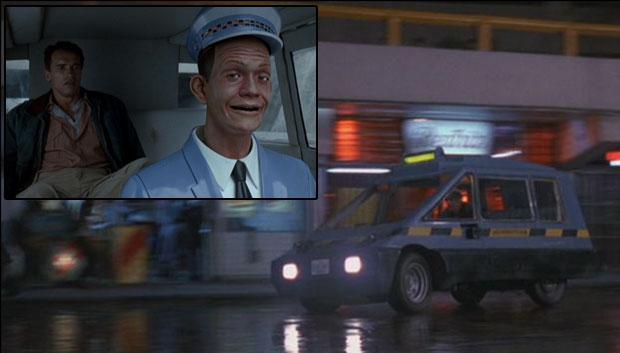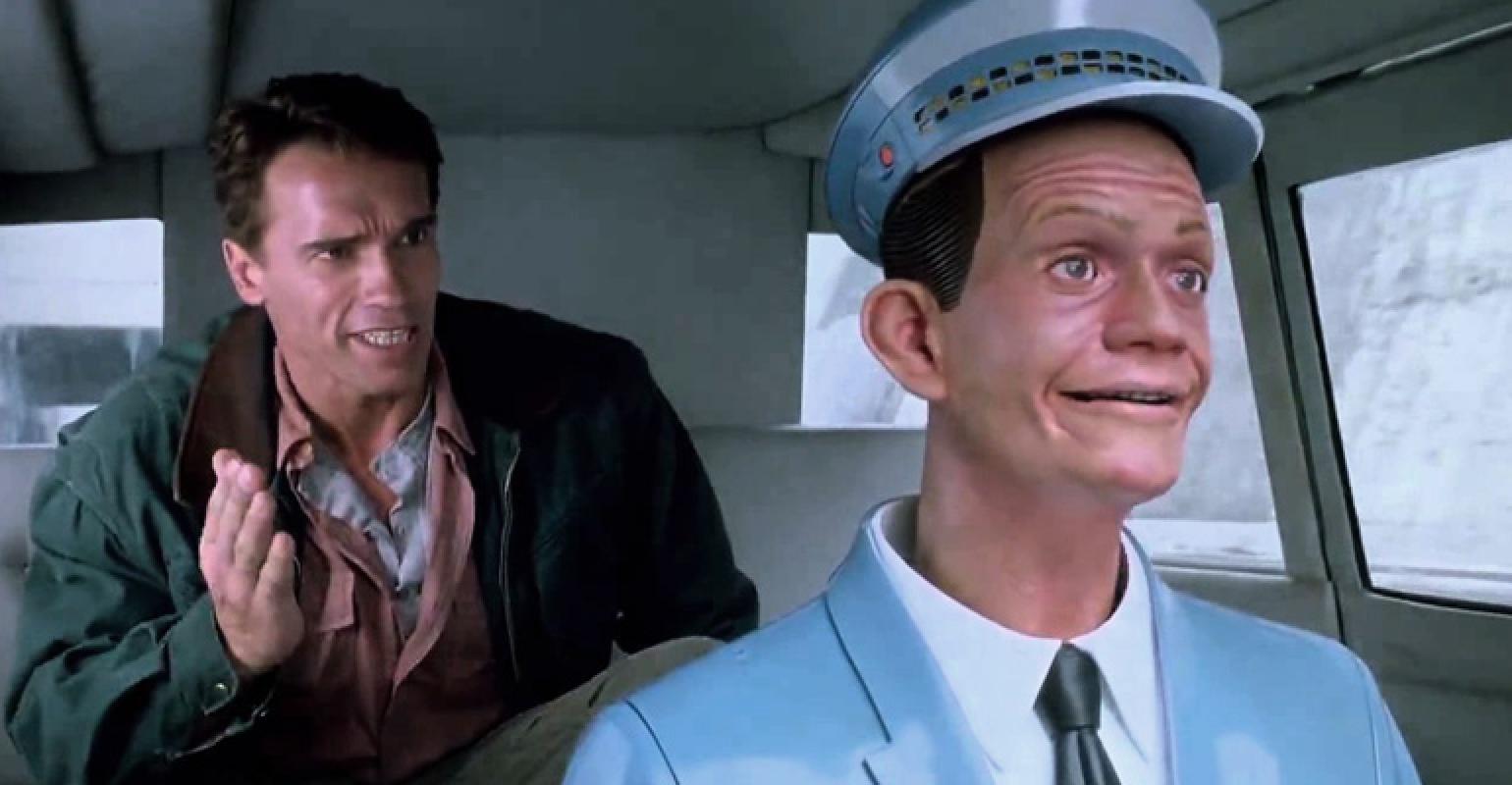

The data were also analyzed by using a second and completely independent pixel-counting technique within the hippocampus proper. It allows every point in the brain to be considered in an unbiased way, with no a priori regions of interest. VBM is an objective and automatic procedure that identifies regional differences in relative gray matter density in structural MRI brain scans.

In the first instance, we used voxel-based morphometry (VBM) to examine whether morphological changes associated with navigation experience were detectable anywhere in the healthy human brain. The use of a group of taxi drivers with a wide range of navigating experience permitted an examination of the direct effect of spatial experience on brain structure. London taxi drivers are therefore ideally suited for the study of spatial navigation. To be licensed to operate, it is necessary to pass a very stringent set of police examinations.

This training is colloquially known as “being on The Knowledge” and takes about 2 years to acquire on average. Taxi drivers in London must undergo extensive training, learning how to navigate between thousands of places in the city. Our prediction was that the hippocampus would be the most likely brain region to show changes. Given the propensity of lower mammalian/avian hippocampi to undergo structural change in response to behavior requiring spatial memory ( 2, 3), the present study addressed whether morphological changes could be detected in the healthy human brain associated with extensive experience of spatial navigation. Furthermore, although lesion work ( 6, 7) and functional neuroimaging work ( 8) confirm the involvement of the human hippocampus in spatial memory and navigation, there is still debate about its precise role. From existing studies, it is impossible to know whether differences in brain anatomy are predetermined or whether the brain is susceptible to plastic change in response to environmental stimulation. In the healthy human, structural brain differences between distinct groups of subjects (for example, males and females, ref. In some species, hippocampal volumes enlarge specifically during seasons when demand for spatial ability is greatest ( 2, 3). Increased hippocampal volume relative to brain and body size has been reported in small mammals and birds who engage in behavior requiring spatial memory, such as food storing ( 2). One important role of the hippocampus is to facilitate spatial memory in the form of navigation ( 1).


 0 kommentar(er)
0 kommentar(er)
